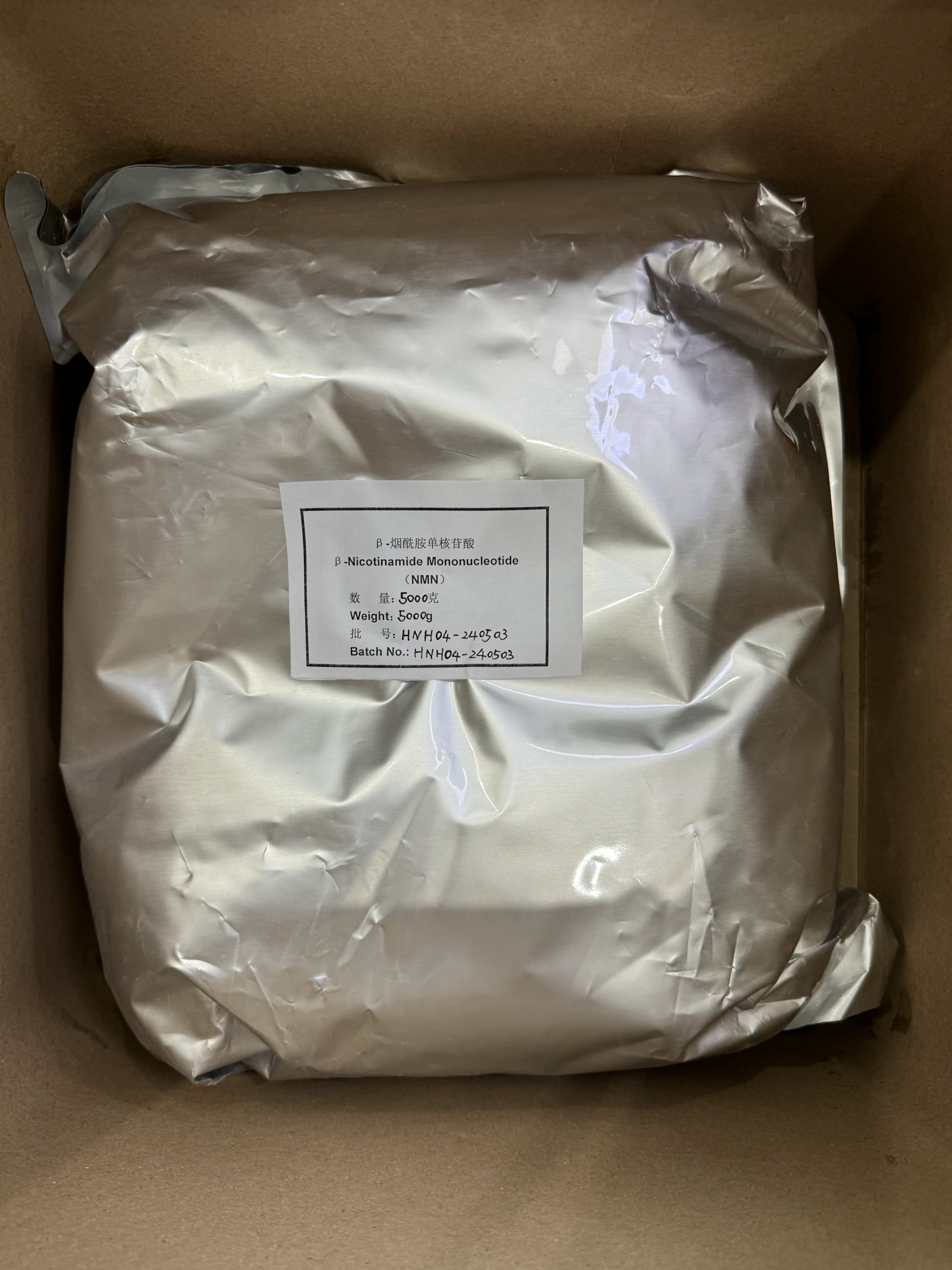



Common Chemicals for Effective Water Disinfection in Drinking Water Treatment
Disinfecting Water The Role of Two Common Chemicals
Water is essential for life, and ensuring its safety through disinfection is crucial in preventing waterborne diseases. Contaminated water can harbor a range of pathogens, including bacteria, viruses, and parasites, which pose significant health risks to humans. As we look at the methods employed to disinfect water, we find that two chemicals primarily stand out due to their effectiveness and widespread use chlorine and ozone. These chemicals play a crucial role in water treatment processes, ensuring that water is safe for consumption and recreational use.
Chlorine The Traditional Disinfectant
Chlorine has been a staple in water disinfection since the early 20th century. It is highly effective against a wide range of microorganisms, including bacteria and viruses. When chlorine is added to water, it forms hypochlorous acid, which is a powerful oxidizing agent that can penetrate the cell walls of pathogens and effectively kill them.
One of the compelling reasons for its enduring use is its residual effect. Chlorine continues to provide a level of protection against recontamination as water travels through pipes to consumers. This residual chlorine helps ensure that any potential pathogens introduced into the water supply after treatment are also neutralized. Moreover, chlorine is relatively inexpensive and easy to apply, making it an accessible choice for many water treatment facilities.
However, while chlorine is effective, it is not without its drawbacks. The interaction of chlorine with organic compounds in water can lead to the formation of disinfection by-products (DBPs), such as trihalomethanes (THMs) and haloacetic acids (HAAs). Many of these compounds have been associated with health risks and environmental concerns. As a result, water treatment facilities often need to monitor and manage chlorine levels carefully to minimize the formation of these harmful by-products.
which two chemicals are commonly used to disinfect water

Ozone The Powerful Alternative
Ozone has emerged as another powerful option for water disinfection, particularly in response to the concerns associated with chlorine use. Ozone is a molecule made up of three oxygen atoms and is an excellent oxidizer. Its disinfection capabilities are stronger than those of chlorine, allowing it to effectively inactivate a broader range of pathogens, including resistant viruses and protozoa.
One of the most significant advantages of ozone is that it decomposes back into oxygen, leaving no harmful residues behind. This makes it an environmentally friendly option for water treatment. Additionally, ozone can be generated on-site using specialized equipment, which eliminates the need for transportation and storage of dangerous chemicals. This characteristic makes it an attractive choice for municipalities and facilities looking to enhance their water treatment processes.
However, the use of ozone also comes with challenges. The equipment for generating and applying ozone can be costly and requires careful management. Furthermore, ozone has a very short half-life, meaning it does not provide the same residual protection that chlorine offers. This limits its effectiveness in preventing future contamination within distribution systems, necessitating a combination with other methods to ensure water safety.
Conclusion
In conclusion, the disinfection of water is a critical public health measure, and both chlorine and ozone offer valuable solutions. Chlorine remains a widely used disinfectant due to its efficacy and residual performance, while ozone is gaining traction as a more environmentally friendly alternative with superior disinfection capabilities. Understanding their individual strengths and limitations not only aids in making informed decisions regarding water treatment processes but also highlights the importance of ongoing advancements and research in this vital field. As water quality remains a global concern, the prudent use of these chemicals will continue to play a crucial role in safeguarding public health and ensuring access to clean water.
-
How and Why to Disinfect Water Softeners for Safe, Reliable WaterNewsNov.24,2025
-
Effective Deionized Water Disinfectant Solutions for Healthcare & Industrial UseNewsNov.24,2025
-
Commonly Used Disinfectant for Drinking Water – Global Uses & InnovationsNewsNov.23,2025
-
Chemical to Disinfect Water – Essential Solutions for Safe, Clean Drinking WaterNewsNov.23,2025
-
Blue Water Disinfectant: Safeguarding Global Water Quality with InnovationNewsNov.22,2025
-
Bleaching Powder for Water Disinfection – Affordable & Effective Water Treatment SolutionNewsNov.22,2025
-
Bleaching Powder Drinking Water: Effective, Affordable Disinfection WorldwideNewsNov.21,2025










